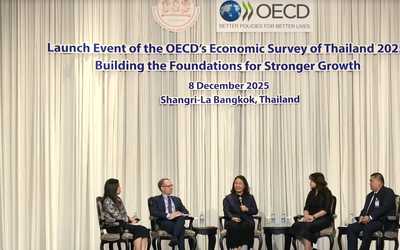Analyzing Economic Growth Within the Framework of the Knowledge Economy Ecosystem model
Abstract
This paper builds on Chen and Dahlman (2006)’s Knowledge Economy concept by introducing the Knowledge Economy Ecosystem model consisting of five pillars: ICT infrastructure, innovation infrastructure, financial infrastructure, quality of institutions, and educated and skilled workers. The subindices for the first four pillars contribute to the Knowledge Economy Infrastructure (KEI) Index, while the human capital pillar is represented by the learning-adjusted years of schooling (LAYS), a measure introduced by the World Bank in 2018. The utilization of LAYS in our model is important,because it recognizes that mean years of schooling is a poor measure of human capital simply because the quality of education can differ greatly across countries. Employing a dynamic panel data framework, we empirically examine the influence of the KEI Index and LAYS on total factor productivity (TFP) and GDP per capita growth. Our findings affirm the substantial positive impact of both LAYS and the KEI Index on TFP and economic growth. This empirical evidence underscores the essential role of sustained investments in these five pillars for fostering long-term economic growth, offering vital insights for policymakers. Drawing on Thailand as a case study, the analysis illuminates the nation's specific challenges within the Knowledge Economy Ecosystem framework, especially in the realms of human capital development, innovation, and institutional quality. The study underscores the considerable obstacles Thailand encounters in these domains, impeding its transition toward a knowledge-based economy.








